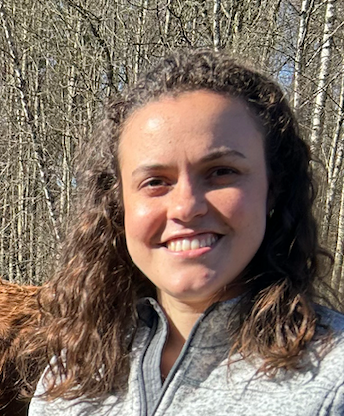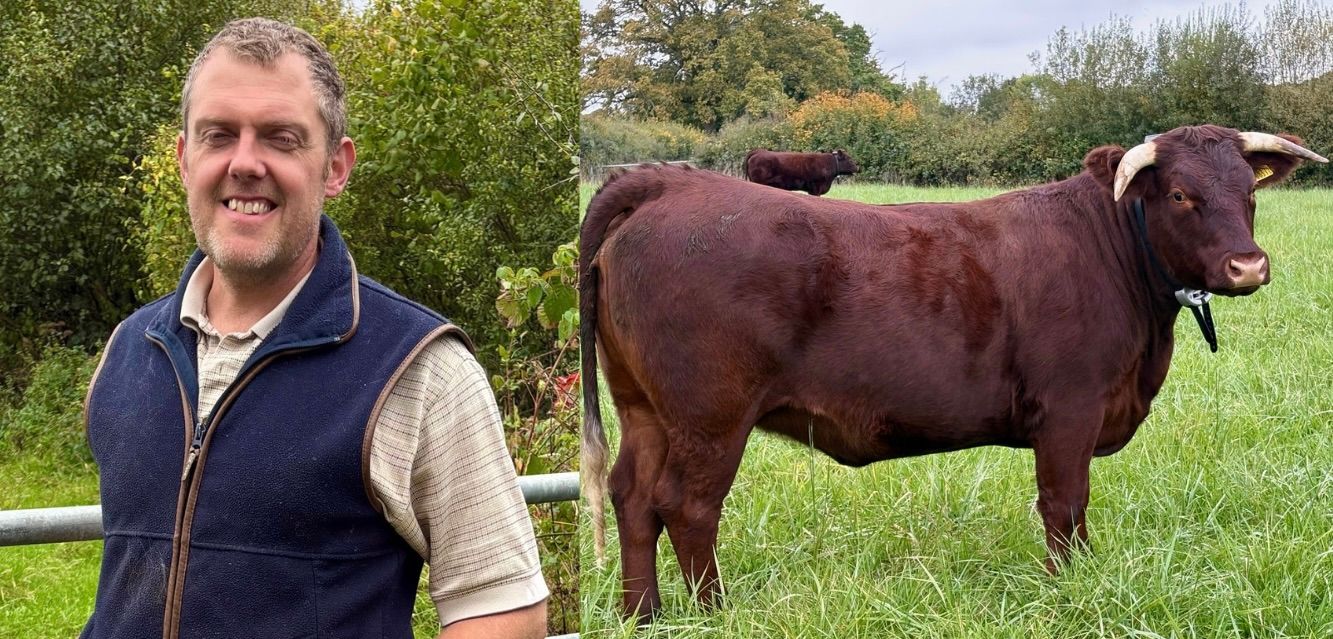Animal Welfare as the Foundation of Virtual Fencing
By Natascha Grinnell, Animal Scientist and PhD candidate at the University of Göttingen in Germany. Natascha has researched virtual fencing for four years and plans and conducts trials with Monil, using grazing cattle in her work.


An innovative approach to grazing management
Virtual fencing is a technological innovation that has received considerable attention in recent years. The system replaces physical fences with collars mounted on the animal’s neck for simplified and efficient grazing management.
While this may draw comparisons to controversial dog training collars, there is a crucial distinction between the two technologies. Monil's system gives full control to the animal, with strict conditions governing the emission of the electrical cue.

How Monil's virtual fencing works
With the Monil system, farmers define virtual pastures in a smartphone app. When an animal approaches the boundary of its assigned virtual fence, the Monil collar emits an auditory cue to signal the animal to turn around. If the animal continues to move beyond the virtual boundary, an electrical cue follows as an aversive stimulus to encourage the animal to turn back to the grazing area.
Scientific validation and animal welfare standards
Several international scientific studies have demonstrated that livestock can effectively learn and understand the system without welfare implications. Animals quickly learn to respond correctly to the auditory cue, minimizing the emission of the electrical cue. Animal welfare experts (on the British Animal Welfare Committee) concur that with a proper training period, during which animals learn to associate the audio cue with the aversive stimulus, animal welfare is not compromised.

Monil’s Training Protocol for Effective Implementation
At Monil we built on these findings to design a lightweight, reliable visual fencing solution. We understand the importance of proper user and animal training and have an entire support team dedicated to guiding our farmers to the best possible experience. Therefore, we developed a user manual that includes a training protocol based on scientific research findings. The Monil training protocol consists of 3 stages: acclimatization & exposure (where the animal gets used to the collar and its surroundings and is exposed to the signals from the collar for the first time), adaptation (where the animal continues to be exposed to a virtual fence boundary until it has understood the association of audio and electrical cue), and finally control (where the virtual boundary is shifted to ensure the animal understands the system).
Supporting livestock welfare and sustainable farming
We believe that by facilitating grazing management and enabling remote animal monitoring, our technology can contribute to a positive welfare balance for livestock (and more sustainable food production systems). Our technology not only allows more animals access to pasture but also frees up time for farmers to engage with their animals. Instead of mending fences or searching for them in the forest, you’ll know exactly where they are and be notified if they breach the fence.
Thinking about virtual fences?
Not sure where to begin? Fill out the form below, and Oliver from our team will get in touch with a no-strings-attached offer tailored to your farm.

